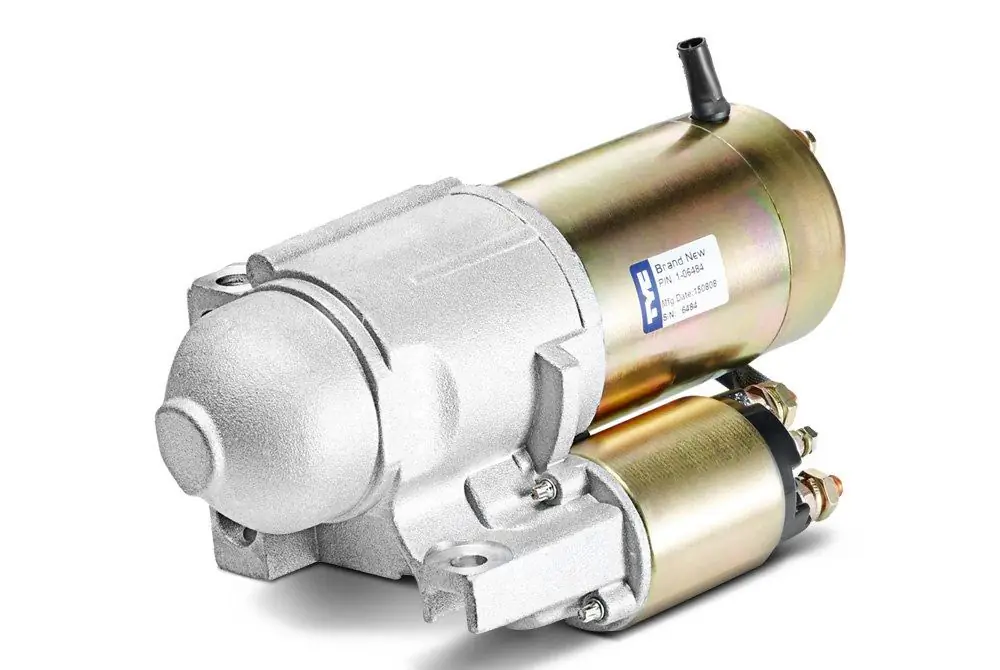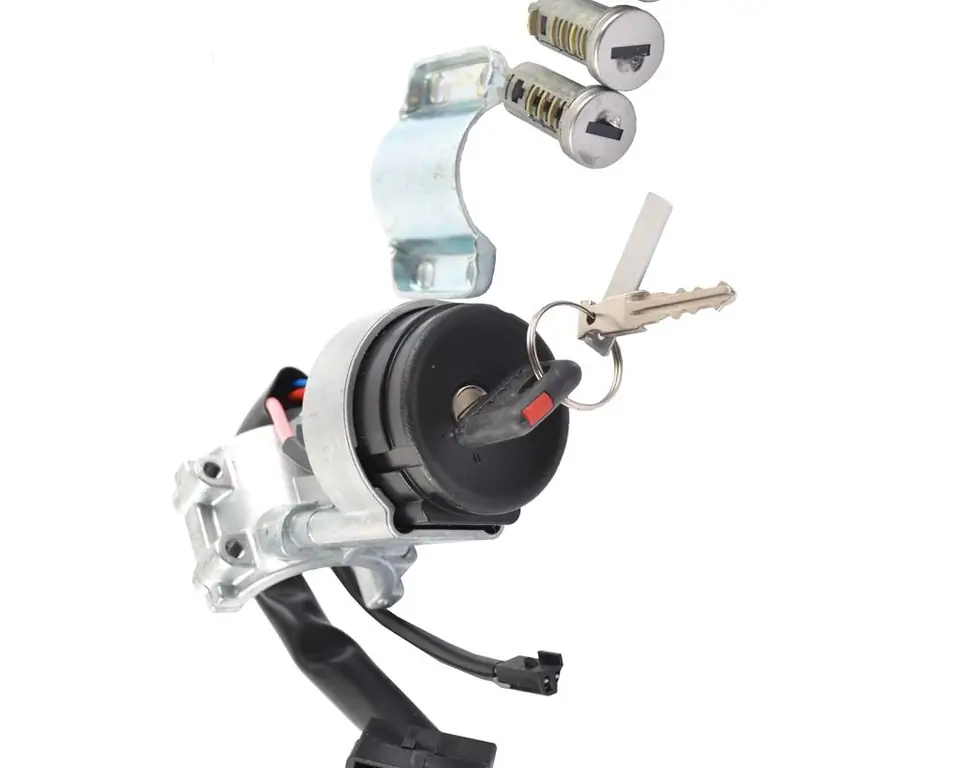2025 Author: Erin Ralphs | [email protected]. Last modified: 2025-01-22 21:14:12
The tank truck for transportation of oil products belongs to the category of trucks and is complemented by a special capacity. It is subject to high safety requirements, like other vehicles used for the transport of dangerous goods.
There are many varieties of petroleum products that are grouped according to similar properties:
- hot bituminous material;
- substances in solid form (cold bitumen, paraffin);
- preservation and plastic lubricants;
- petroleum oils (hydraulic, transformer, insulating, motor);
- fuel (aviation, jet and diesel fuel, kerosene, gasoline).

Oil product tank truck: varieties
Cars can have different purposes. Some are used to transport oils and fuels to their destination. Others provide the performance of two functions at the same time: transportation of fuel and refueling equipment. Tank truck fortransportation of petroleum products must comply with the fire safety requirements due to the characteristics of the transported substances, which are explosive. The design consists of several compartments necessary for the simultaneous transport of several types of fuel.
Features
Specifications depend on the intended purpose and define parameters such as:
- total mass of the tank;
- pipeline diameter;
- maximum travel speed (about 70 km/h);
- number of compartments;
- volume;
- materials used for making;
- location of technical cabinet;
- vehicle shape.
The tanker can transport both light and dark oil products, including fuel oil. But after they are delivered, they must be pre-treated with hot steam for their intended use.
The main difference between a tanker and a conventional fuel truck is to equip the first version with a drain pump and a dispensing tap. In addition, many modern fuel stations have fuel meters.
If a tank truck for transporting oil products, the average dimensions of which are within 9x2, 5x4 m, has several compartments, each of them must be equipped with a separate drain, this is necessary to eliminate the possibility of mixing different types of materials.

Alternative
Transportation of petroleum productsit is also possible with the help of three-axle trailers, which are attached to truck tractors (MAZ, URAL). This transportation option is best suited for off-road, as they are equipped with specialized tires and additional side lighting. In addition, they are equipped with spare wheels for safe and hassle-free transport.
The tank trailer is equipped with the following equipment:
- screw jacks placed on both sides;
- ball valves and a sump with filter elements are located on the back;
- platform made of specialized steel, complete with decking, folding railing and ladder;
- tank is made of steel and has an elliptical shape, its volume averages 40 m3;
- fuel volume is measured by level gauges installed in the neck;
- two sealed hatches are placed on the underside;
- The neck of the tank is fixed with hinged bolts and is complemented by a breather valve designed to reduce the amount of evaporated fuel.

Features
The fuel truck is designed for a set pressure value, which is regulated by transportation safety rules. In addition, regardless of the type of fuel, it should be possible to take samples to determine the quality and compliance of substances with standards. Tank truck for the transportation of petroleum products, the volume of which, as a rule, is inwithin 40 cubic meters, has a container made of steel and placed on the chassis. The pressure inside is automatically built up for draining through special devices.

Transportation rules
There are basic requirements regarding the transportation of petroleum products and the drivers driving the vehicle. Among them, it is worth highlighting the following:
- oil tank truck is painted in specific colors;
- presence of inscriptions and signs warning of danger;
- strengthened fire safety measures;
- installation of signal means (orange flashing lights);
- availability of personal protective equipment;
- driver must be trained and licensed to transport dangerous goods.
The tank truck for the transportation of petroleum products, the photo of which is shown above, can be equipped with a dispensing sleeve, liquid meters, pumps with various capacities, electronic sealing, a vapor-air mixture return system and bottom loading devices.
Recommended:
Starting engine: concept, types, technical characteristics, starting rules and operating features

The starter motor, or "starter", is a 10 horsepower carbureted internal combustion engine that is used to help start diesel tractors and machinery. Similar devices were previously installed on all tractors, but today a starter has come to replace them
"Lada-Kalina": ignition switch. Device, principle of operation, installation rules, ignition system, advantages, disadvantages and features of operation

Detailed story about the ignition switch Lada Kalina. General information and some technical characteristics are given. The device of the lock and the most frequent malfunctions are considered. The procedure for replacing with your own hands is described
Ignition timing: features, rules and recommendations

Ignition advance is a very important parameter on which the stability and correct operation of injection and carburetor engines operating on gasoline or gas directly depend. Let's look at what the ignition timing is, what it affects, how to determine and adjust it, including on gas equipment
Autobahn is Definition, features, rules and history

The article tells about the roads that appeared in Germany in the first half of the twentieth century - autobahns. We will talk about the description of these roads, the history of their occurrence, the features of the speed limit and road infrastructure, some rules of the road
Is it possible to drive on winter tires in summer: safety rules, tire structure and differences between winter and summer tires

There are situations in which the driver can use winter tires in the summer. This refers to wheel damage on the road. If the spare wheel in the car is studded, it is allowed to install it instead of the punctured one and drive this way to the nearest tire fitting point. For such actions, traffic police officers do not have the right to issue a fine. But you should figure out how the rubber intended for another season will behave on the road

